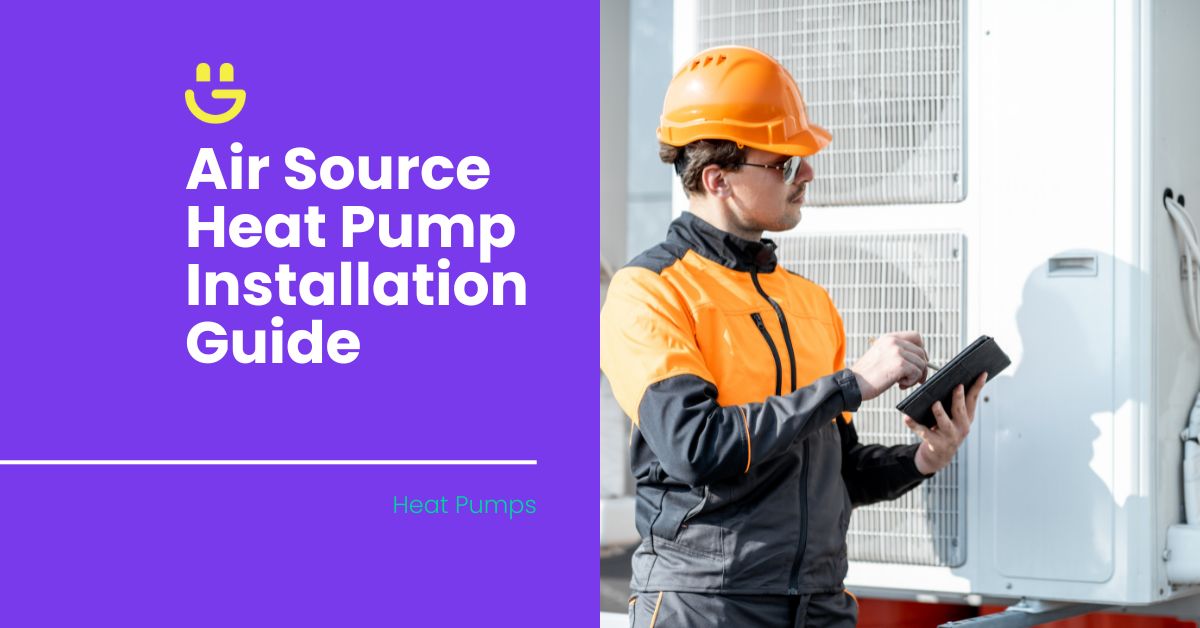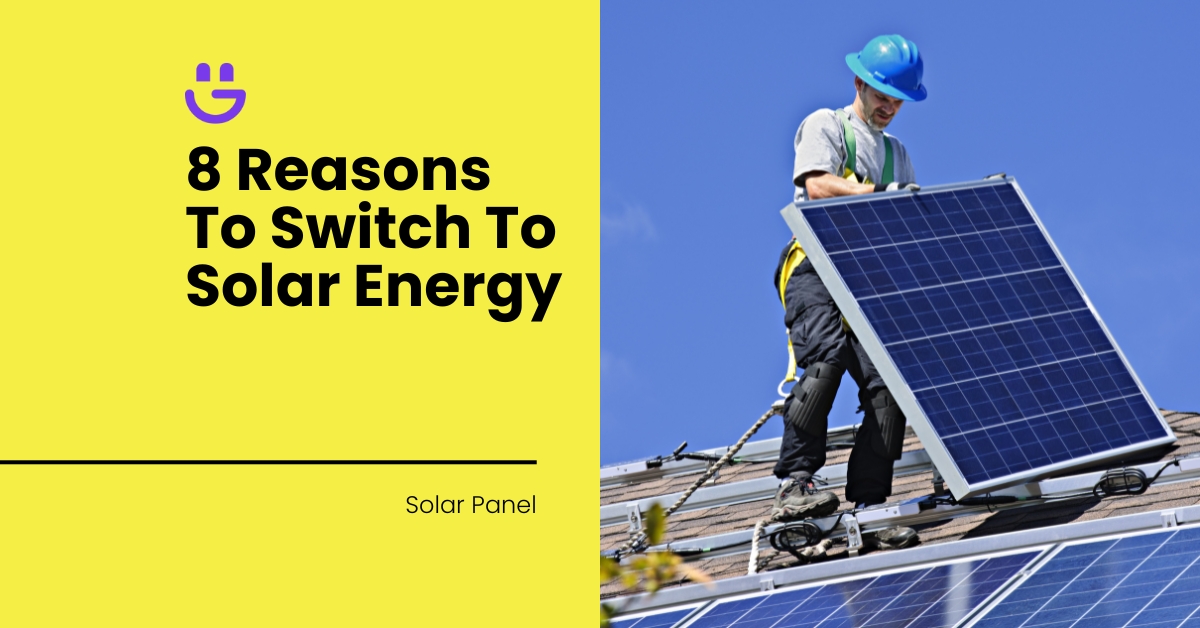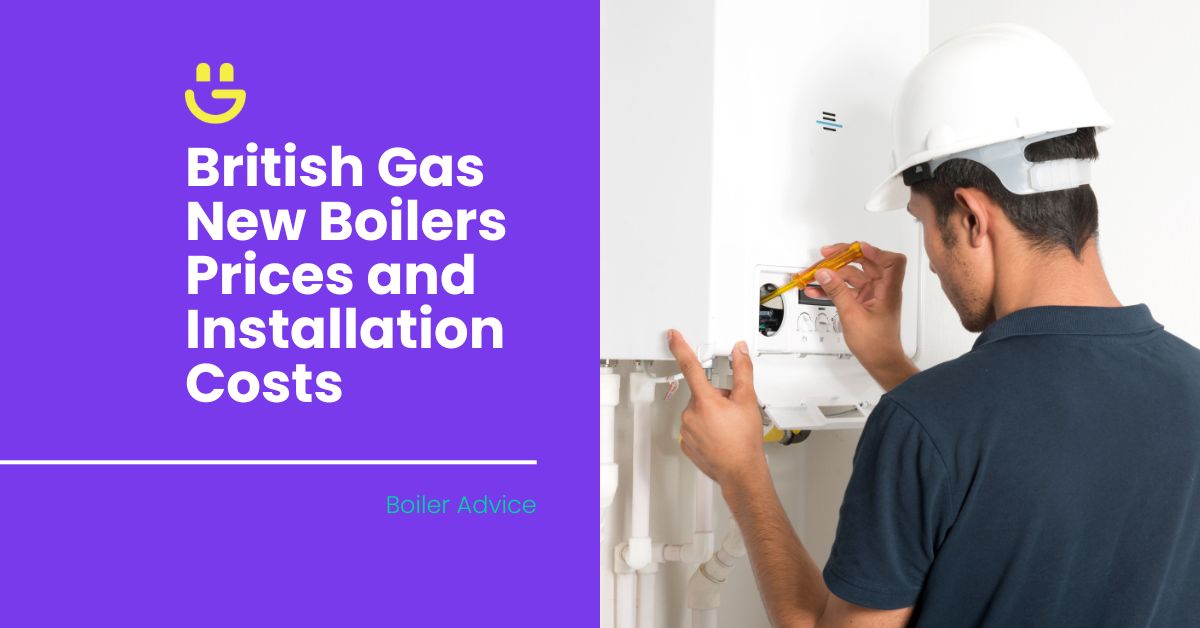Last Updated on July 22, 2025
Air source heat pumps are highly efficient, low emission, low maintenance replacements for boilers. Installing them is not much different than a standard boiler, but there are a few unique considerations to account for.
In this guide, we’ll go through the installation process, starting with the six main steps of an installation. Then we will look at how long an installation takes, and how you can pick the right people for the job. Finally, we will have a quick look at how much an installation can cost and if you can perform it by yourself. Let’s get started.
Contents
6 Steps Of Air Source Heat Pump Installation
Before you have an air source heat pump installed, there are a few things to keep in mind. An air source heat pump will extract heat or cold from the air outside and transfer it indoors. By design, you would need at least one part of the air source heat pump outside, in a well-ventilated area.
You will also need an installation engineer with a specific set of skills including plumbing and electrical know-how. On top of this, most air source heat pumps are a bit larger than a basic gas boiler.
With all this in mind, let’s look at the steps of an air source heat pump installation.
1. Planning the installation
Before an installation can happen, your property will need to be assessed by a professional. Some installers offer a free assessment and quote, some require a refundable deposit, and others will simply ask for a call-out fee.
The company performing the job needs to perform an on-site assessment to:
- Check your number of rooms and the size of your property.
- Assess your current heating solution, including boiler size and your central heating setup.
- Scout installation locations for the air source heat pump.
This initial assessment from the heat pump installer will determine the right model for your needs. If your heat pump is too small, it will burn out from use; if it is too large, you lose efficiency and miss out on energy bill savings
Securing an EPC
In the UK, your property must have an Environmental Performance Certificate (EPC) before you can install a heat pump. The EPC certificate gives your home a rating from G to A based on its energy efficiency.
To get the best from your air source heat pump, you need a well-insulated home with a high EPC rating. To receive a boiler scheme grant on your heat pump installation, the EPC assessment will need to be performed by an accredited Domestic Energy Assessor.
2. Designing your solution
It’s time for phase two: designing your heat pump solution.
Let’s look at what will be looked at by the installer when designing your heating solution.
Heat pump models
- Monobloc – All the heating and cooling components are in one single unit, installed outdoors. This is ideal for air-to-water systems.
- Split system – The unit is split into an external heat pump and an internal heat pump. This is best for air-to-air systems.
Heat pump types
- Air-to-air heat pump – Consists of an external heat pump where the evaporation of refrigerant liquid takes place. This is connected via electrical wires and refrigerant lines to an indoor fan unit that blows air into the building.
- Air-to-water heat pump – This setup requires hot water storage. It includes wiring and refrigerant lines that go into a hot water tank connected to the wet central heating system and pipework.
- Hybrid heating system – Hybrid heating systems combine a boiler with an air source heat pump. They are a great way to ensure your heating needs are met in colder climates.
Hot water tank
An air source heat pump’s heating element is not compatible with an element powered by a gas boiler. This needs to be replaced in an air-to-water heat pump installation.
Mounting your air source heat pump
Your heat pump installation needs a stable base. Your unit may need to be bolted to a wall or a concrete slab on the ground. Here are a couple of other things to keep in mind when it comes to mounting your unit:
- The heat pump must be in a location where there is a free flow of air. This cannot be in a space exposed to strong wind, as this may affect the pump’s performance.
- The pump needs to be one metre away from the border of your property.
- The air source heat pump noise level needs to be considered. The standard operation should be no louder than a fridge. However, during winter, some units need to go into a defrost cycle to get ice off the fans, which is noisy.
- The heat pump ideally should not be in direct sunlight as this can heat the unit and affect performance.
- It must be easily accessible for maintenance.
3. Physical installation
During this phase, your air source heat pump will be brought on-site and installed. Once the unit has been properly mounted, it needs to be wired together electrically. A refrigerant line also needs to be installed and connected between the two heat exchanger units.
The installer will likely drill through walls for the necessary pipework and cabling.
Finally, the installer will connect all the separate elements of your heat pump solution.
Note: You would need to switch off your heating and hot water so that the work can be completed. It could take a couple of hours or a couple of days to get all the pipework and wiring connected, but this depends on the complexity of the project.
4. Commissioning your air source heat pump
Once the physical installation is complete, the commissioning phase will commence.
During this phase, the installer will:
- Switch on and test the entire air source heat pump system.
- Check for leaks along the refrigerant lines and within the heat exchanger.
- Check that your air and hot water are running smoothly and at the correct temperature.
- Check that your heat pump controls are operational.
You will receive instructions from the heat pump installers on how to best operate your heat pump and get the best performance from your new unit.
5. Certifying your installation
Once the installation and testing phase is complete, the installer will give you the applicable certification documentation. This may include documents you need to meet building regulatory requirements, along with any applicable testing documentation to certify your heat pump is working.
You will also receive your unit’s user manual and, if applicable, the Microgeneration Certificate Scheme (MCS). The installer must provide this certificate within 10 days (we will discuss the MCS more in our section on picking the right installer below).
6. Maintaining your air source heat pump
Air source heat pumps require relatively low maintenance compared to a gas boiler, for example. They have an average lifespan of around 15 to 20 years. This does not mean you can just install a heat pump and leave it be. Long-term studies have shown that 50% of air source heat pumps require some kind of maintenance within their first eight years of operation.
It is important to have your heat pump serviced at least once a year to keep it in optimal working condition after the installation process.
An annual service of your heating system from a registered professional may include:
- Cleaning or replacing air filters
- Cleaning fan blades
- Wiping down the heat exchanger coils
- Refilling antifreeze and refrigerant
How Long Does Air Source Heat Pump Installation Take?
From the initial assessment of your property to the full commissioning and testing of your installed heat pump, it can take a couple of days to a couple of weeks.
Assessing your property will take at least a day. Ordering the correct parts depends on whether the installer has stock available or would need to order the parts and await delivery.
If there are no heating engineers available to complete the installation process, you may have to wait.
Air source heat pumps work best paired with double or triple-panelled radiators and underfloor heating. If you require these upgrades, it will add more time to the installation.
Picking The Right Heat Pump Installer
Let’s look at how you can pick the right people for your air source heat pump installation.
Who can install an air source heat pump?
- Registered installation specialists: These specialists are registered and trained by industry bodies and manufacturers to install heat pumps.
- Heating engineers: Heating engineers can tackle various heating solution installations. This does not mean every heating engineer can install heat pumps, though.
- HVAC engineers: Heating, Ventilation and Air Conditioning (HVAC) engineers are more than competent to install air source heat pumps with their wide range of expertise.
What do I ask the installer?
- Ask if you would need to call in any additional tradespeople to complete the installation or if the installer covers everything, including finishing work.
- Ensure the current power supply of your home or building is sufficient to power the heat pump.
- Ask if the installer can certify the installation. If they are registered on the government’s Competent Person Scheme, they will be able to certify it themselves.
- Check the heat pump maintenance schedule as required by the device warranty. If you do not meet the warranty standard, you may lose out on a replacement of a faulty device.
- Don’t be embarrassed to ask about what changes you can make to reduce your energy bills or installation costs.
What to look at when picking an installer
Air source heat pump installation is a relatively new market, so it may be tricky to find the ideal company to assist you. Let’s look at three things you should consider, other than the installation cost, to help guide your decision.
1. Accreditations
The most important accreditation you should look for in an installer is the MCS certificate. This certifies that a product or installer meets the necessary criteria to meet the acceptable standards of efficiency, reliability, and overall performance.
While technically this is not a requirement, MCS installers are often registered with consumer protection schemes. This means that if anything goes wrong with your air source heat pump installation due to the installer’s mistake, you will be financially protected.
2. Reviews
Reading online reviews can help you find a reputable air source heat pump company. Use the ratings and comments on a company’s online reviews as a guide to the pros and cons of an installer.
3. Experience and expertise
Naturally, the longer a company has been installing air source heat pumps, the more experienced and reliable they are. Heat pumps are a relatively new tech in the UK, so don’t let a company’s relatively young age dissuade you, but do use it as a filter when looking for reliable installers.
Cost Of Air Source Heat Pump Installation
While the cost of air source heat pump installation is quite high, the UK does offer financial incentives when you do. You can get up to £9,000 in government funding for a renewable heating system through the Boiler Upgrade Scheme. This goes a long way to making things a bit easier.
Let’s have a quick look at the installation costs attached to an air source heat pump installation.
Labour
Labour costs can run between £1,500 and £6,000, depending on the nature of the installation, like if you would need underfloor heating installed as well. Additionally, there are not that many registered air source heat pump installers, so current demand does affect prices.
Air-to-air heat pump system
A basic air-to-air heat pump system is your cheapest unit, starting at around£1,500 for a basic low-power unit. Prices can go as high as £6,000 for higher capacity models.
Air-to-water heat pump system
These units require more power and a hot water tank, so there is a higher installation cost. The air source heat pump unit costs from around £3,000 to £10,000.
Upgraded radiators
Upgrading your radiators will cost£50 to £300 per radiator, before labour.
Underfloor heating
Installing an underfloor heating system will run between £80 and £200 per square metre, before labour.
Can I install An Air Source Heat Pump By Myself?
No, it is not recommended. You would need to be skilled in refrigeration, electrical wiring, setting up the air source heat pumps systems, and doing proper mounting and connecting work for the indoor and outdoor heat pump units.
On top of that, you may void the manufacturer’s warranty by not using a professional installer. You additionally would not be able to get MCS accreditation and would lose out on claiming your government boiler grant for your heat pump.
FAQs
Do I need planning permission for an air source heat pump installation?
Generally, no; you do not need planning permissions. An air source heat pump is listed as a permitted development right, as long as it meets certain noise, size, and installation guidelines. Basically, the air source heat pump cannot be too big, too loud, or visible from the street.
Why are my electric bills higher after an air source heat pump installation?
An air source heat pump only uses electricity, so you will see your electricity bill go up. However, you will save on other energy costs attached to conventional heating systems.
Conclusion
An air source heat pump is one of the most effective replacements for a boiler. While the installation process isn’t exactly easy, it is not much different to that of a standard boiler.
Request a free air source heat pump quote today.






James Elston
Boiler Expert
James Elston is the top boiler replacement and heating expert at Eco Happy. He has over 20 years of experience in the industry, focusing on Gas Safe boiler installations and offering home-heating and energy-saving solutions to homeowners across the UK. From sourcing the most energy-efficient combi boiler to providing specialist heating advice, James ensures that Eco Happy maintains the highest standards and best customer service.